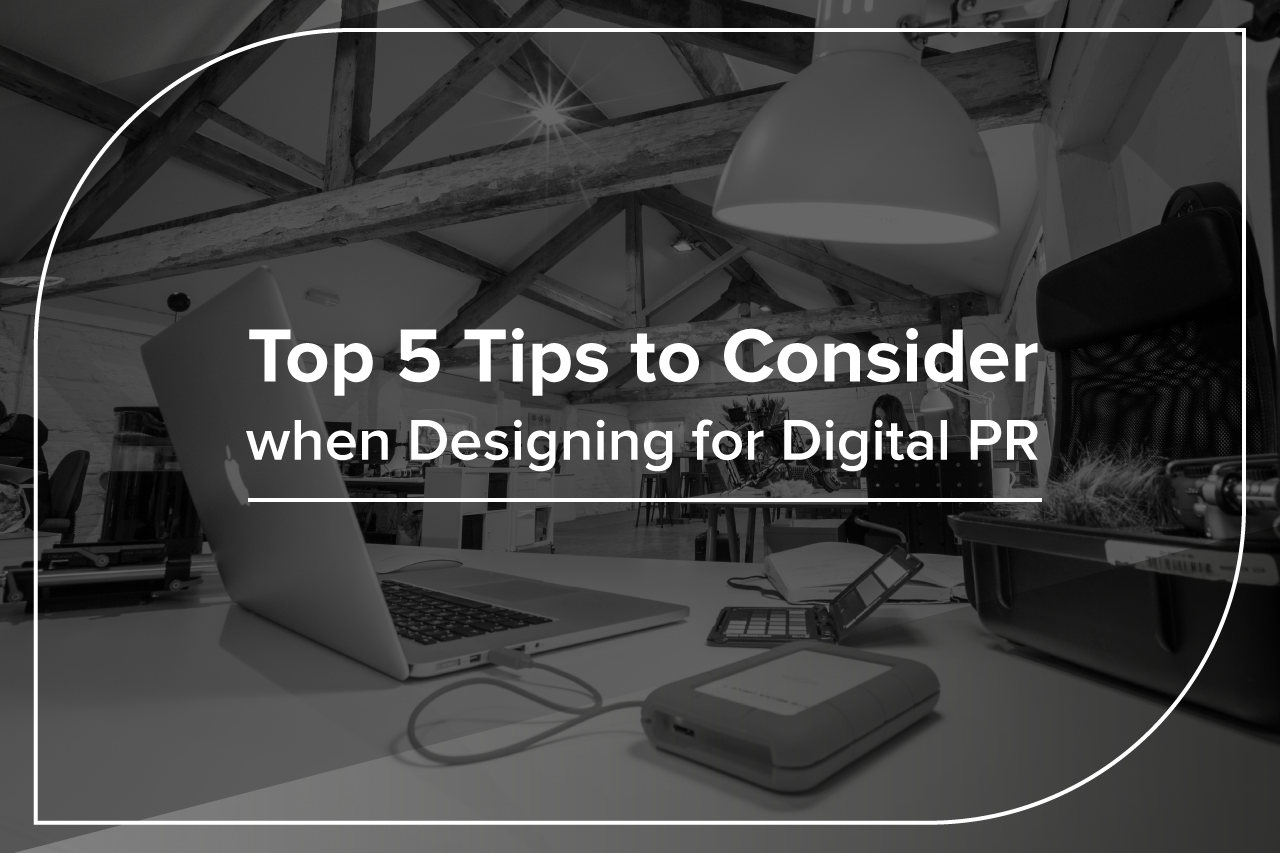Digital PR Isn’t Link Building. It’s the Most Profitable Channel You’re Ignoring
Digital PR

Whether it is video, data visualisation or even a simple illustration, the right design can really level-up a digital PR campaign. But how do you decide on the best way to show the campaign to the rest of the world?
Having designed visual assets for many digital PR campaigns in a number of niches, I wanted to share our top 5 tips to keep in mind before putting pen to paper.
When receiving data and written content it can appear slightly overwhelming and it is important to visualise the key points in bite-size and digestible ways for the targeted audience.
Depending on the content, you might decide to either split into a number of graphics or have a long infographic. It may work better as an interactive, or as pure data visualisation. What you need to consider is which format/s will display the content in the most accessible and interesting way.
From the examples below you can see how this will work depending on the content and data which has been collated and reduced into specific angles to support the overall digital PR campaign.
It is important to consider the main aims of the campaign which you should always ensure you understand before working on a design.
The placement and size of the visualisation should be decided before the design process begins. Certain websites may not be able to handle large graphics etc.
Having clear processes in place such as mood-boards, sketches and style-setters will help ensure that you can get the campaign moving on the correct track. You’ll be able to see what has previously been produced, what has been successful and it also allows you to plan out your approach with a campaign.
When it comes to design and digital PR campaigns, more graphics does not necessarily mean better results.
From our previous campaigns, we have realised that smaller graphics such as index charts and single graphics have generated positive outreach results.
This does not stop you from linking back to a blog with further graphics that represent more in-depth data if the journalist wants to see a visualisation of the further data. This also gives journalists more of a reason to link back to the source website.
In terms of branding, this is an area to be cautious of. We have found that producing graphics that are not overly branded produce better results. It can be difficult to earn links from overly branded pieces as it may come across as an advertisement.
There needs to be a balance between branding and the overall goals of the campaign so that you can represent the data and content in the best way possible.
It is a case of asking yourself, would you be interested in this if you were a journalist and have you seen similar images within articles before?
The style of the design is important because you want to ensure that the graphics are as eye-catching as possible.
With infographics and data visualisation, we tend to use various styles of graphs and maps to keep the design interesting and less repetitive for the viewer.
These different styles of design can be important as it can help you differentiate between different angles, and by creating graphics like maps, you can attract either a global audience to more precise angles such as regional audience’s which can be seen below.
If you’re struggling to figure out where to start, it’s worth thinking about these three points, to see if it sparks any initial ideas: